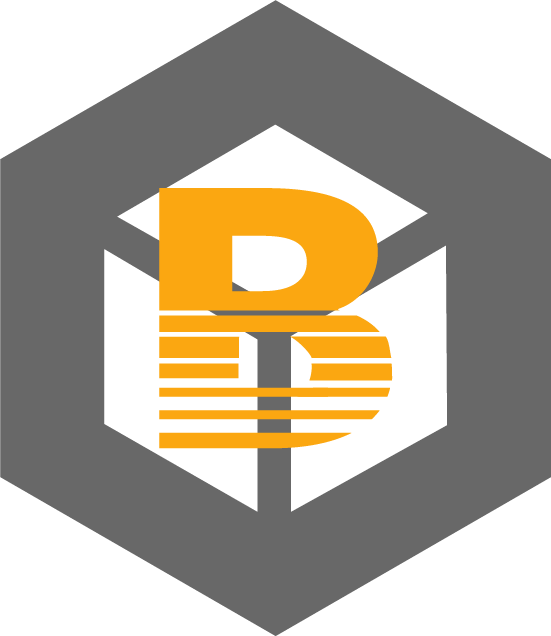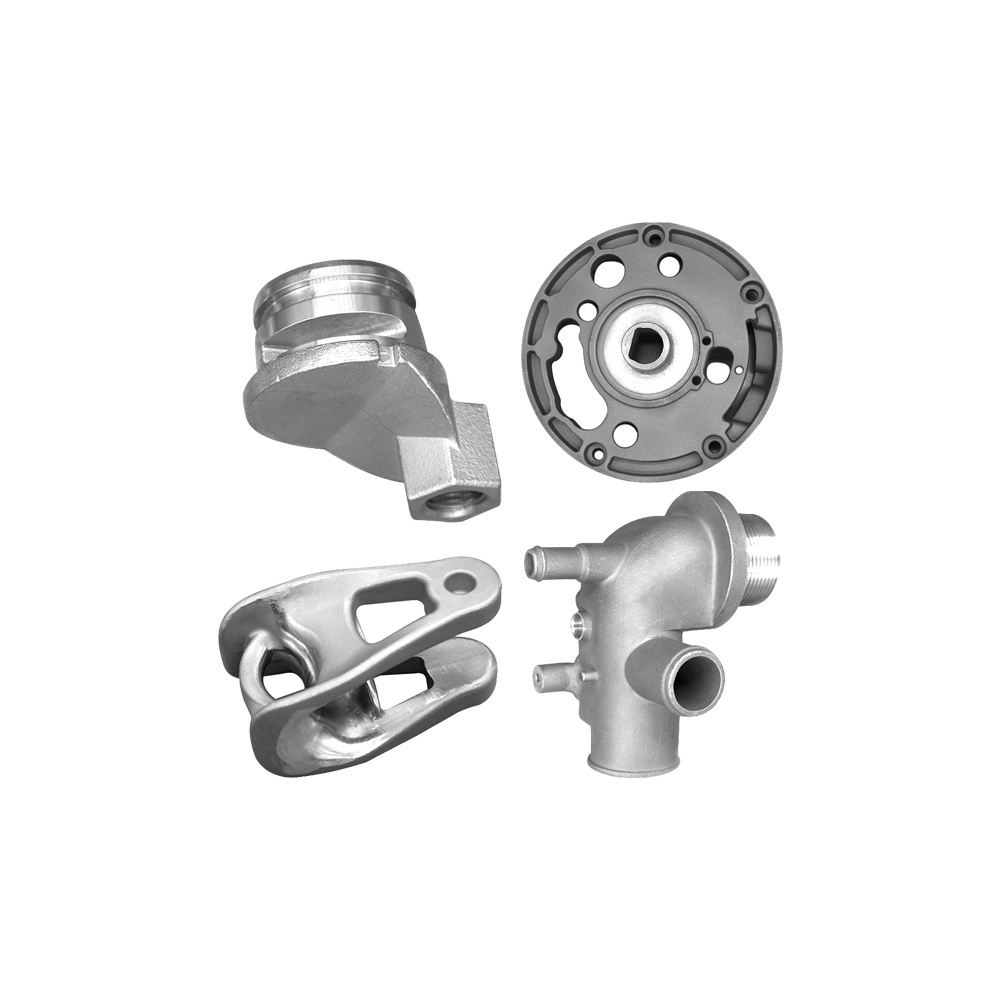 Esperanto
Esperanto
 Shqiptare
Shqiptare
 Euskara
Euskara
 Zulu
Zulu
 Latinus
Latinus
 Cymraeg
Cymraeg
 தமிழ்
தமிழ்
 Slovak
Slovak
 Slovak
Slovak
 Afrikaans
Afrikaans
Exploring the Future of Dental Tools and Equipment: Innovations and Trends Shaping Dental Care
Release time:
2025-08-12
Source:
Exploring the Future of Dental Tools and Equipment: Innovations and Trends Shaping Dental Care
Table of Contents
- Introduction to the Evolution of Dental Tools
- The Importance of Advanced Dental Equipment
- Technological Advancements in Dental Tools
- The Rise of Digital Dentistry
- Robotics in Dentistry: The Future is Here
- Eco-Friendly Dental Tools: A Sustainable Approach
- Enhancing Patient Experience with Modern Equipment
- Future Trends in Dental Equipment and Tools
- FAQs about Dental Tools and Equipment
- Conclusion: Embracing the Future of Dentistry
Introduction to the Evolution of Dental Tools
The realm of dentistry has undergone significant transformations over the last few decades, primarily due to advancements in dental tools and equipment. These innovations not only enhance the precision and effectiveness of dental procedures but also improve patient comfort and satisfaction. As we delve into the future of dental tools and equipment, it’s essential to understand the trajectory of these advancements and their implications for both practitioners and patients.
The Importance of Advanced Dental Equipment
**Advanced dental equipment** is paramount for numerous reasons. First and foremost, it enhances the accuracy of dental diagnoses and treatments. For instance, modern imaging techniques such as digital X-rays and 3D imaging provide clear, detailed images, allowing dentists to identify issues that traditional methods might miss. Additionally, updated tools streamline procedures, reducing the time patients spend in the chair and increasing the efficiency of dental practices.
Moreover, with a growing emphasis on patient-centered care, advanced dental equipment facilitates better communication between dentists and patients. Tools that visualize treatment plans can help patients understand their options and the necessity of particular procedures, fostering a collaborative relationship.
Technological Advancements in Dental Tools
**Technological advancements** are at the forefront of the evolution of dental tools. Here are several key innovations that are shaping the future of dental equipment:
1. Laser Dentistry
Laser technology has revolutionized various aspects of dental care. Lasers are now utilized for procedures ranging from cavity detection to gum reshaping, offering precision and reduced recovery times. With minimal discomfort and less bleeding, patients can benefit from quicker healing and enhanced outcomes.
2. CAD/CAM Technology
Computer-Aided Design and Computer-Aided Manufacturing (CAD/CAM) systems are streamlining the production of dental restorations. These systems allow for accurate, on-site creation of crowns, bridges, and veneers, reducing the time from diagnosis to delivery. This technology not only enhances the quality of restorations but also significantly improves the patient experience by minimizing the number of appointments needed.
3. Cone Beam Computed Tomography (CBCT)
CBCT technology provides three-dimensional imaging, allowing dentists to visualize complex craniofacial structures with unparalleled clarity. This imaging technique is invaluable for orthodontics, implant placements, and surgical planning, contributing to safer and more effective treatments.
The Rise of Digital Dentistry
**Digital dentistry** is transforming how dental practices operate. Digital tools enhance efficiency, accuracy, and patient engagement. From digital records to virtual consultations, the integration of technology is reshaping the patient journey in dentistry.
1. Digital Impressions
Gone are the days of messy, uncomfortable impressions. Digital impression systems provide a more comfortable experience for patients while producing highly accurate models. This technology enhances the fit and precision of restorations, leading to improved outcomes.
2. Teledentistry
Teledentistry has gained traction, particularly in the wake of the COVID-19 pandemic. This approach allows dentists to conduct virtual consultations, providing convenience for patients and expanding access to care. It can serve as a preliminary assessment tool, guiding patients on next steps in their dental journey.
Robotics in Dentistry: The Future is Here
**Robotics** is poised to play a significant role in the future of dentistry. Robotic systems can assist dentists in performing complex procedures with enhanced precision. For instance, robotic arms can aid in surgical procedures, allowing for smoother operations and potentially reducing recovery times.
1. Robotic Assistants
Robotic assistants can support dentists in various tasks, such as placing implants or performing periodontal surgeries. These systems offer a level of consistency and accuracy that can enhance the overall effectiveness of treatments, benefiting both practitioners and patients.
2. Integration with Artificial Intelligence (AI)
The integration of robotics with AI can further revolutionize dental practices. AI algorithms can analyze patient data, improve diagnostic accuracy, and even assist in treatment planning. The combination of robotics and AI has the potential to transform the landscape of dentistry.
Eco-Friendly Dental Tools: A Sustainable Approach
As sustainability becomes a crucial consideration across industries, **eco-friendly dental tools** are gaining popularity. Practices are increasingly seeking ways to reduce their environmental impact, and the dental field is no exception.
1. Biodegradable Materials
Innovations in materials science have led to the development of biodegradable dental tools and equipment. These materials can reduce waste and mitigate the environmental impact of dental practices. Items such as biodegradable suction tips and eco-friendly packaging are becoming more common.
2. Energy-Efficient Equipment
Energy-efficient dental equipment not only reduces operational costs but also contributes to a more sustainable practice. Investing in energy-efficient tools can significantly lessen the carbon footprint of dental offices.
Enhancing Patient Experience with Modern Equipment
The future of dental tools is not solely about technological advancements; it also centers around improving the **patient experience**. Comfortable, efficient, and innovative equipment can make all the difference for patients.
1. Comfort-Enhancing Tools
New tools designed with patient comfort in mind are essential for minimizing anxiety and discomfort. For example, quieter handpieces and ergonomic designs contribute to a more positive experience.
2. Patient Education Tools
Incorporating patient education tools, such as interactive displays or virtual reality, can empower patients to make informed decisions about their dental health. These resources can enhance understanding and improve satisfaction with treatment plans.
Future Trends in Dental Equipment and Tools
As we look ahead, several **future trends** are emerging in dental tools and equipment that promise to reshape the industry further:
1. Customization and Personalization
The demand for personalized dental care is on the rise. Advanced technology facilitates tailored treatment plans and custom-fit dental products, enhancing patient outcomes.
2. Continuous Learning and Adaptation
With the rapid advancement of technology, dental practitioners must commit to continuous learning and adaptation. Embracing new tools and techniques will be essential for staying current in the field.
3. Enhanced Data Security
As dental practices increasingly adopt digital tools, securing patient data will be paramount. Innovations in cybersecurity will play a crucial role in protecting sensitive information.
FAQs about Dental Tools and Equipment
1. What types of dental tools are essential for a dental practice?
Essential dental tools include handpieces, mirrors, probes, suction devices, and digital imaging equipment. Each tool serves a specific function and contributes to efficient dental care.
2. How has technology improved dental procedures?
Technology has improved dental procedures by enhancing accuracy, reducing recovery time, and improving patient comfort. Tools like lasers and digital imaging allow for more precise treatments.
3. What is the significance of CAD/CAM technology in dentistry?
CAD/CAM technology allows for the on-site creation of dental restorations, significantly reducing the time between planning and delivery. This technology enhances the quality and fit of dental products.
4. Are eco-friendly dental tools effective?
Yes, eco-friendly dental tools are effective. Innovations in materials and design ensure that these products maintain performance while reducing environmental impact.
5. What is the future of dental robotics?
The future of dental robotics is promising, with potential advancements in precision, efficiency, and integration with AI. Robotic systems are expected to play an increasingly significant role in complex procedures.
Conclusion: Embracing the Future of Dentistry
As we navigate the future of dental tools and equipment, it’s evident that innovation will play a crucial role in shaping quality dental care. From technological advancements and the rise of digital dentistry to the integration of robotics and eco-friendly practices, the dental industry is on the cusp of a new era. By embracing these changes, dental professionals can enhance patient experiences, improve outcomes, and ensure the sustainability of their practices. The future of dentistry is bright, and it promises to deliver better care for patients and practitioners alike.
Dental Instruments
Related News
2025-12-14 12:00
Understanding CNC Turning and Milling Parts: A Comprehensive Guide for Precision Manufacturing
CNC (Computer Numerical Control) turning and milling are essential processes in the realm of precision manufacturing. These techniques are widely employed in the machining industry for producing intricate components that meet strict tolerances and specifications. Understanding the fundamentals of CNC turning and milling parts can enhance your knowledge of how these processes contribute to quality
2025-12-09 12:10
A Comprehensive Guide to Household Appliances Maintenance: Keep Your Home Running Smoothly
A Comprehensive Guide to Household Appliances Maintenance Household appliances are the backbone of modern living, providing convenience and efficiency in our daily routines. However, just like any other mechanical devices, they require regular maintenance to function optimally. In this guide, we will explore various household appliances, their maintenance needs, and practical tips to extend their
Let’s Talk
We can help you figure out your needs.




